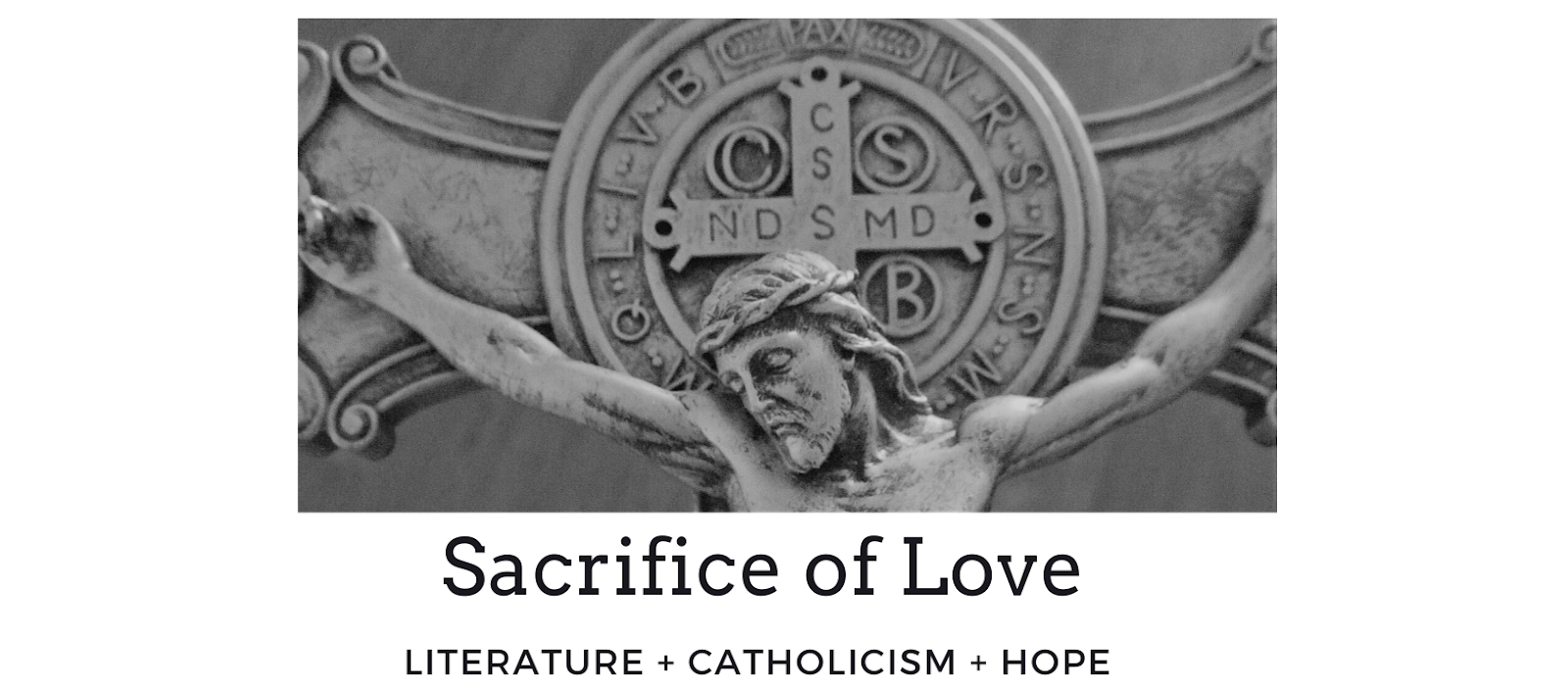Happy Gaudete Sunday!
And a glorious Advent to all of you!!
A few weeks ago, the Schola Cantorum at my college put on "Advent Lessons and Carols." Which is basically a really super awesome tradition that began in 1880, when E. W. Benson (later the Archbishop of Canterbury) drew up the service. In 1918, Advent Lessons and Carols was taken to Cambridge University, where the choir of King's College has sung it every Christmas Eve ever since. Totally legit? Completely. It's a service, an Advent celebration, comprised of seven readings from Scripture that lead us to Christmas; starting with Isaiah, and ending with the Gospel of Matthew. Interspersed, the Schola sang absolutely gorgeous hymns, reflecting the Incarnation and the Season of Advent. At the very end, the Schola led the congregation in "O Come, O Come, Emmanuel," as they processed out...and proceeded to stand at intervals around us (we have a fan-shaped chapel). The acoustics were incredible, and their voices were gorgeous. I was filled with such joyful anticipation for Our Lord's coming!
Yet right before this beautiful prayer service, happened, I was struck by the stained-glass windows in one part of the chapel. Honestly, we only have 1 set of stained glass windows to the left of the chapel, and they depict St. Francis of Assisi and the Portiuncula (naturally). As I looked at them, I saw that--since it was completely dark outside--all that remained to be seen of the windows was just the tan partitions between the glass pains that etched out the design. Like so:
I thought it portrayed an interesting truth. With only the darkness penetrating the windows, all that could be seen was the basic structural design; even then, the image may not be understood, since no colors or details could be seen. Looking at the stained glass window, surrounded by darkness, I could not really appreciate the beauty of the window. I mean, I could appreciate how the glass was made to fit together, but it really did not make much since, as no sense of the design could be made.
However, the next day I went to noon Mass, and looked at the stained glass windows again. With the sun and light shining through, beams of radiance--color and intricacy--shone. The design was absolutely glorious, and I appreciated the way that the glass and colors were arranged much more than I had the night before. Like so: (note: this is the Rose Window in Paris, which I have actually seen in person!!!!! It's gorgeous!!!!)
Now, the stained glass window that I saw did not change overnight. It remained to be the same window, whether it was 9:30 p.m. or noon. What changed was the way in which I looked at it--surrounded by darkness, or surrounded by light. When I viewed the window wrapped in darkness, I could not appreciate how it was made or what it portrayed. But when I saw the light pouring through the window, illumining the beauty, I fell in love with it.
The same principle is being used in our society today, whether or not people realize it. I'm referring to the issue of people who both profess themselves to be Catholic and support gay marriage. Or any current issue concerning Catholics who reject some of the Church's teachings. But I would like to address the issue of Catholics for gay marriage. I am not seeking to delve into the nitty-gritty technicalities; to be perfectly honest, it seems like a very simple thing to me both spiritually and biologically. Instead, I just want to point out a realization that I came to in the chapel that night, looking at the stained glass window.
The Catholics who support gay marriage tend--from my experience with them--to look at marriage in the way I saw the window at night. They look at the stained glass window (marriage) surrounded by darkness; darkness of the media, government, and selfish perceptions. Relativistic beliefs and misconstrued ideas of love are the black that penetrate the issue of marriage. So, these Catholics see only the structure and rules concerning marriage, and they totally miss the beauty, intricacy, and richness of the vocation and design of marriage. The blackness only lets rigidity stand out. And sadly, many Catholics who support gay marriage opt to continue looking at marriage through this darkness, through this skewed perception. With "everyone else" looking at marriage through the darkness, why shouldn't they?
But the sun and the light of day shine through the darkness. When the light of God's truth and love shines through marriage, people recognize the beauty and worth of the sacramental union. For when people recognize and permit the light to enter, their eyes may be opened to even a small extent, and they can see the Truth. It reminds me of various married couples that I know or have known. The couples that have strongly rooted their marriages in God's light shine forth with His love and Truth and beauty. But the couples that have chosen to live in darkness do not radiate beauty to the same extent at all.
And like I said, this ideas spreads all across the realm of current issues...but really. Perspective and living in the light vs. living in the dark will change the way that one views different beliefs and ideas. So I challenge all people out there who live in disagreement of the Church's teachings, whether it be marriage or another issue: stop looking at the issue through the darkness, and let the light of Christ's love and Truth shine through. Then, observe if a different image is presented to you--one of color, beauty, and intricacy.



